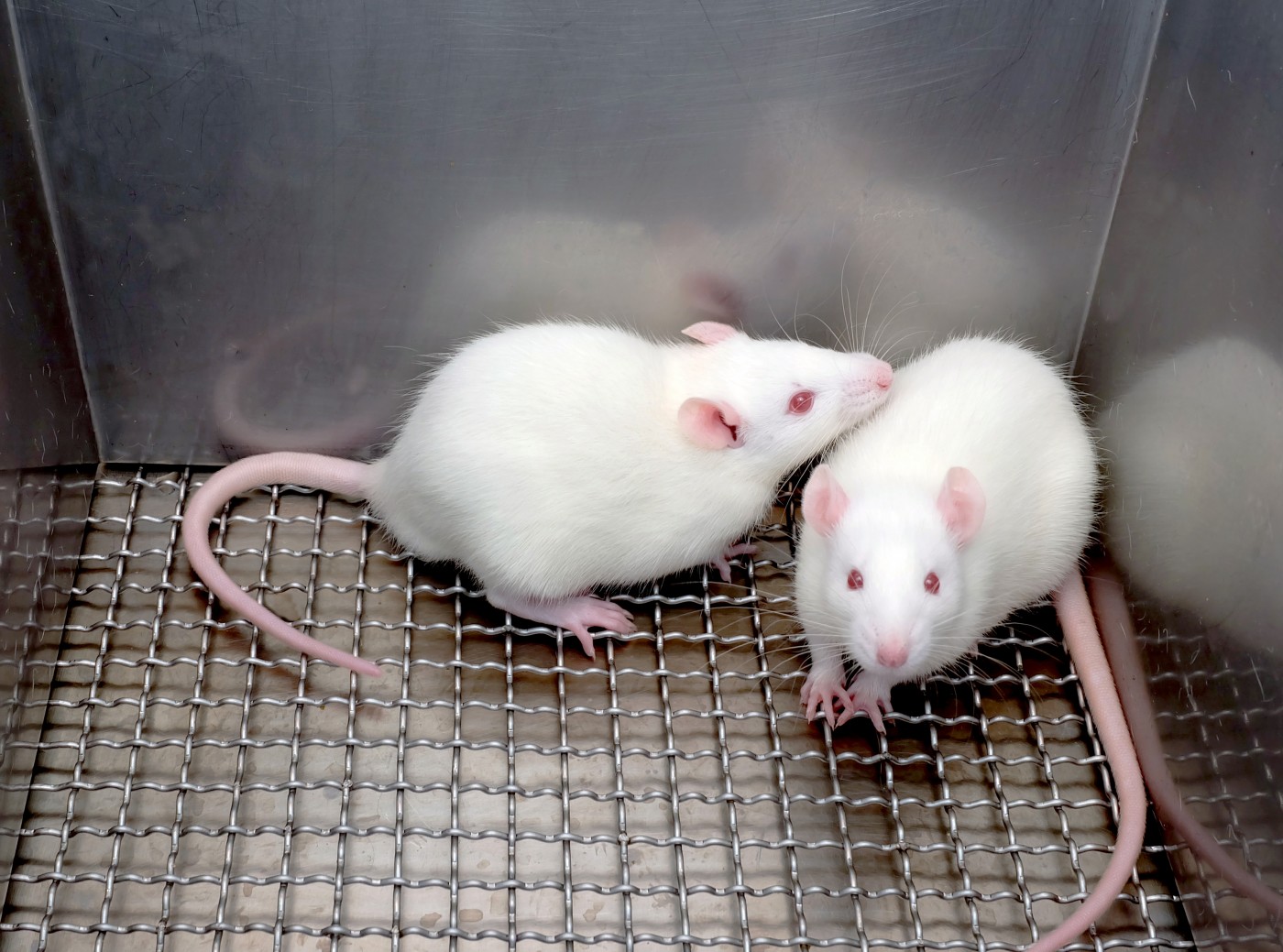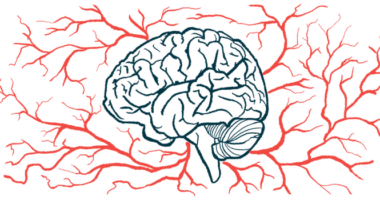Loss of Cell Defense Mechanism Worsens Sickle Cell Disease Severity, Mouse Study Shows

Loss of an important part of the antioxidant cell defense system decreases production of hemoglobin in the blood and worsens spleen damage and inflammation in a mouse model of sickle cell disease (SCD), researchers found.
Findings were reported in the study, “Loss of Nrf2 function exacerbates the pathophysiology of sickle cell disease in a transgenic mouse model,” published in the scientific journal Blood.
Red blood cells contain hemoglobin, a protein that carries oxygen from the lungs to the body’s organs. Sickle cell patients develop abnormal hemoglobin, which can distort red cells into a sickle shape and compromise tissue oxygenation.
As a result, patients produce too many free radicals, or reactive oxygen species, beyond the body’s natural ability to counter their harmful effects via antioxidants. This phenomenon is known as oxidative stress.
A major mechanism in the cellular defense against oxidative stress is activation of Nrf2, an antioxidant response pathway, which controls the activation of genes involved in the elimination of harmful free radicals.
Researchers at Augusta University in Georgia aimed to investigate Nrf2’s role in fetal hemoglobin expression and the sickle cell disease mechanism. Several studies have shown that fetal hemoglobin, present in the body during gestation until 6 months of age, regulates the genetics and clinical features of sickle cell disease.
To study this, they used a mouse model of sickle cell disease without the Nrf2 gene, known as Nrf2 knockout mice.
The team reported that “Nrf2 loss impaired survival of SCD pups during gestation and in the first 2 months of life.”
Nrf2 knockout mice showed decreased levels of fetal hemoglobin production during the gestational formation of red blood cells, suggesting Nrf2 is necessary for the production of hemoglobin.
Of note, absence of Nrf2 also led to increased levels of sickle-shape red blood cells and free radicals in a low blood oxygen scenario. In addition, mice without Nrf2 function had greater spleen damage.
These results demonstrate that this regulator of the cell-antioxidant response has the ability to control oxidative stress and the severity of sickle cell’s clinical features.






